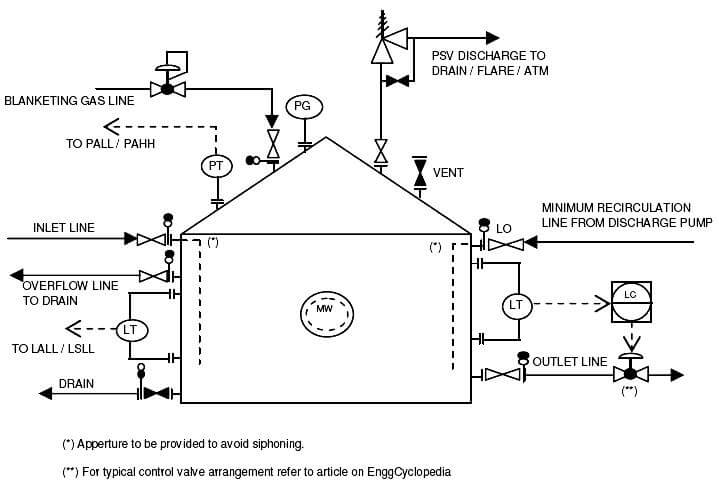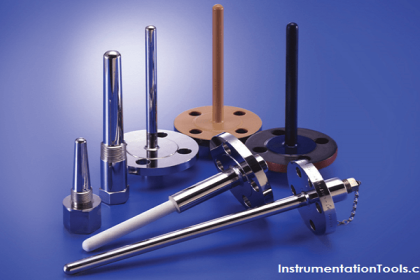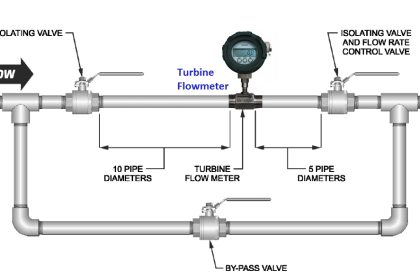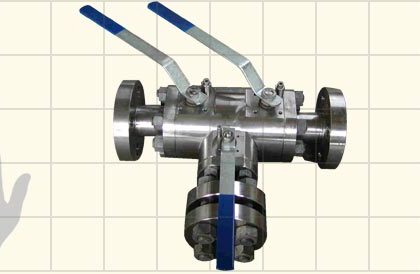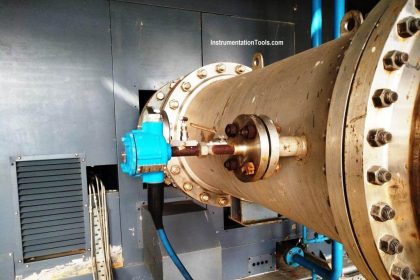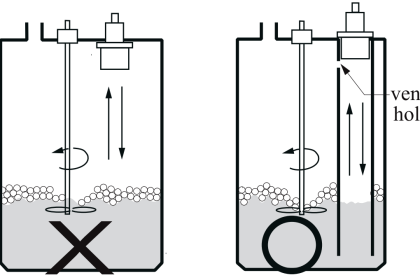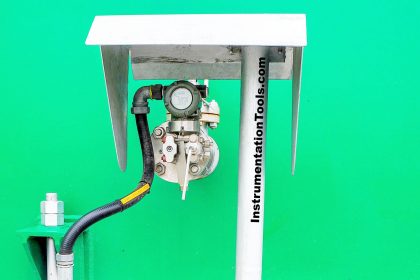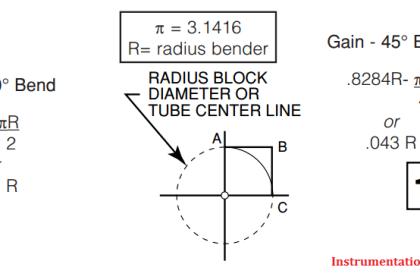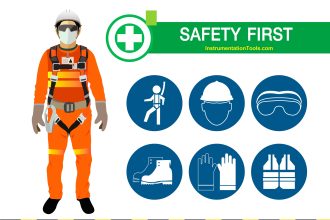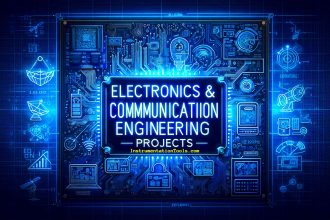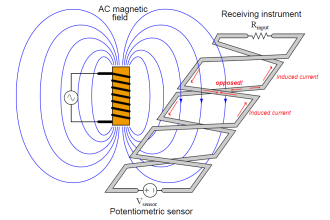Storage tanks of various kinds are used to store process fluids of various types, under different process conditions. But the basic arrangement remains roughly the same for different types of storage tanks.
- Proper tank symbol should be selected first of all, as shown in the presented drawing. This should be selected from the list of equipment symbols on the legend sheets of a particular project.
- Tank internals should then be indicated as per proper symbols on the legend sheets. These internals can be inlet pipe, vortex breaker on the outlet lines etc.
- All the nozzles on the storage tank should then be correctly represented with size and flanges. This includes inlet and outlet nozzles, overflow line, minimum recirculation line, blanketing gas line, drains, vents, PSV connection and instrument nozzles, as shown in the sample drawing presented here. Normally for large enough tanks a manway has to be provided as indicated in the sample drawing for maintenance access.
- Inlet and outlet lines are the next to be drawn up. Line number, material class, size etc. is to be correctly assigned to each of the lines.
- Typical instrumentation on the tank would be level gauges and transmitters plus pressure gauge and transmitters. For tank under continuous operation a level control valve has to be provided as indicated in the sample drawing. For tank with blanketing gas a self regulating pressure valve has to be provided on the blanketing gas inlet line. Normally alarms / trips are provided for High High Pressure, High High Level, Low Low Pressure and Low Low Level.
- Isolation valves, spectacle blinds, spacers etc. to be used for maintenance should be drawn up next on the inlet / outlet lines. The spectacle blinds, spacers etc. can be connected right next to the isolation valves and equipment nozzles, as indicated in the sample drawing presented here.
- Drains should be provided on the tank bottom and on the bottom outlet lines for complete draining of the tank and associated piping for maintenance purpose.
- Vent has to be provided on top of the tank for complete venting of the tank for maintenance purpose. In some cases the tank may be open to atmosphere through vent during normal operation. In such cases a bird screen has to be provided on the vent line.
- For purging the tank with nitrogen or steam, a utility connection can be provided directly on the tank.
- All the guidelines given here are very general and may be modified as per specific requirements of any particular project.
